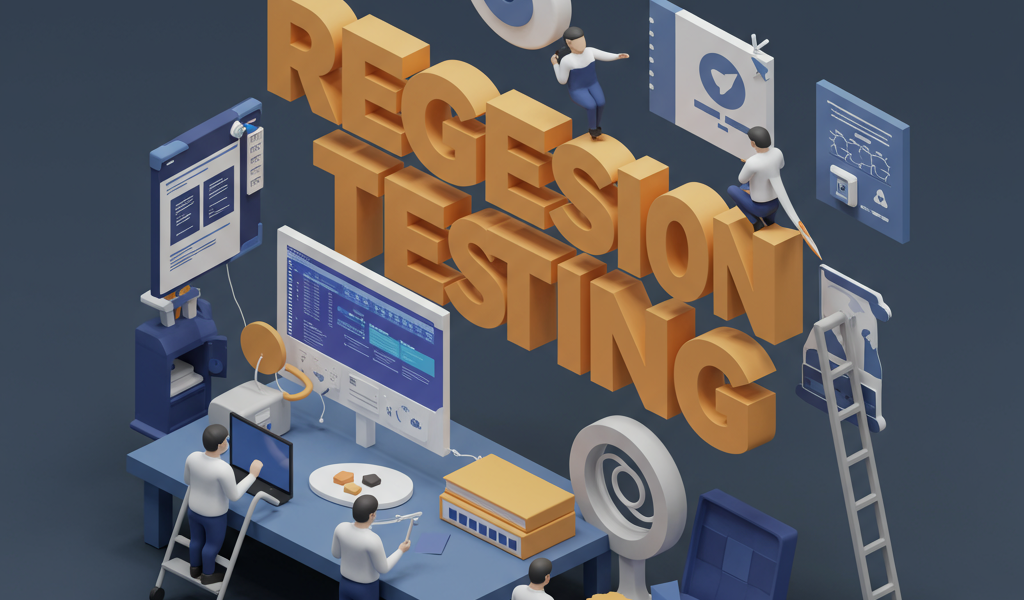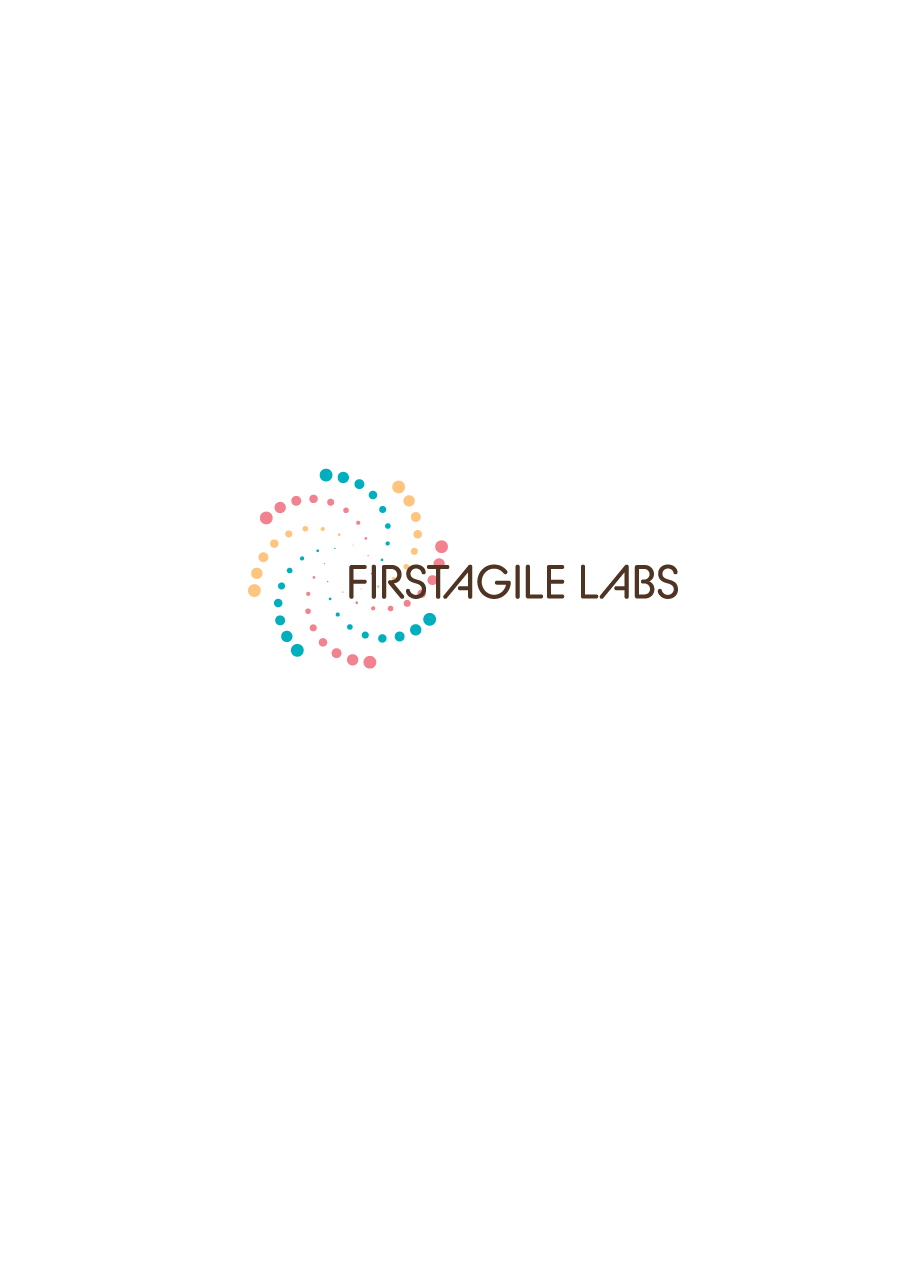Regression Testing: Safeguarding Software Quality with Every Update and Enhancement
Regression Testing in Quality Engineering is an important process that confirms recent updates or changes to an application do not inadvertently impact its current functionalities. This kind of testing is always necessary whenever new features, bug fixes, or changes are made, as it serves to determine possible issues or defects that could have been accidentally added to the software. The key goal of FirstAgile’s regression testing is to protect the integrity of already heavily tested features from any degrading effects of new changes or updates. It also checks whether the new changes work as anticipated, so the software can continue to develop without sacrificing the quality or dependability of working elements that have been successfully implemented.
Techniques Employed:
Automated Regression Testing: Using automation tools to run a predefined set of tests repeatedly after every change, allowing for quick identification of any regressions throughout the application.
Focused Regression Testing: Confining the test effort on targeted portions of the application directly affected by the latest changes in order to conserve time and effort on the un relevant domains.
Total Regression Testing: Executing the complete test suite to confirm all elements of the system are running fine following changes, providing exhaustive validation of the entire software.
Smoke Regression Testing: Executing a primary batch of generic tests to ensure critical functionalities remain intact following changes, acting as a preintrospection measure prior to deeper testing.
It is this comprehensive regression testing paradigm that guarantees newer modifications do not adversely affect the stability of the software, sustaining the quality and reliability of the application throughout the software development process.


